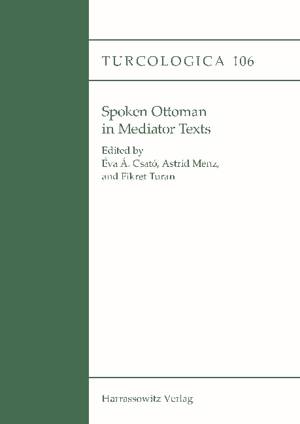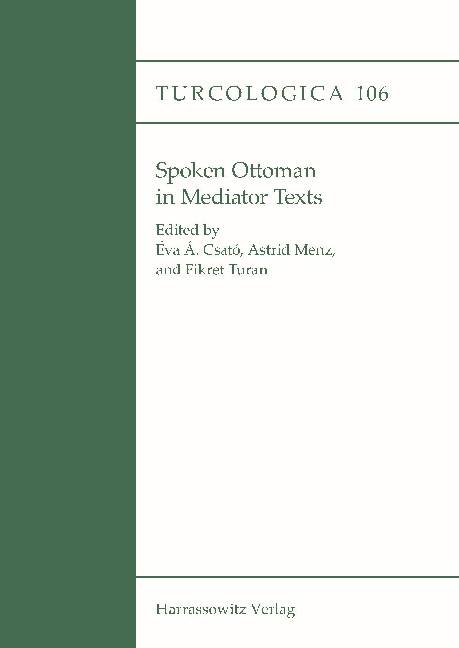
- Afhalen na 1 uur in een winkel met voorraad
- Gratis thuislevering in België vanaf € 30
- Ruim aanbod met 7 miljoen producten
- Afhalen na 1 uur in een winkel met voorraad
- Gratis thuislevering in België vanaf € 30
- Ruim aanbod met 7 miljoen producten
Omschrijving
Ottoman Turkish so-called transcription texts are texts occasionally written in non-Arabic scripts such as Roman, Greek, Armenian, and Georgian. The authors of these texts were "mediators" between Europe and the Middle East, compilers of grammars, vocabularies, and comments for language students. The contributions to this volume deal with the value of the mediator texts. They analyze, on the basis of insightful analytic methods, how these texts can be used to reconstruct spoken Ottoman varieties and draw conclusions concerning earlier stages of Turkish language history. The contributions were originally presented at a workshop titled "The Mediators: Ottoman Turkish and Persian in Non-Arabic Scripts", organized by the Swedish Research Institute in Istanbul and the Orient-Institut Istanbul. The topic was also thematically relevant for an interdisciplinary research project, "The Urban Mind. Cultural and Environmental Dynamics", carried out at Uppsala University and devoted to "linguistic ecology", i.e., the relationships and interactions of linguistic codes employed in urban settings. The volume includes a copy of a panoramic view of Constantinople, drawn in 1710 by the Swedish military draughtsman Cornelius Loos and now preserved in the national museum in Stockholm.
Specificaties
Betrokkenen
- Uitgeverij:
Inhoud
- Aantal bladzijden:
- 181
- Taal:
- Engels
- Reeks:
- Reeksnummer:
- nr. 106
Eigenschappen
- Productcode (EAN):
- 9783447105767
- Verschijningsdatum:
- 23/03/2016
- Uitvoering:
- Paperback
- Formaat:
- Trade paperback (VS)
- Afmetingen:
- 170 mm x 240 mm
- Gewicht:
- 839 g

Alleen bij Standaard Boekhandel
+ 219 punten op je klantenkaart van Standaard Boekhandel
Beoordelingen
We publiceren alleen reviews die voldoen aan de voorwaarden voor reviews. Bekijk onze voorwaarden voor reviews.









